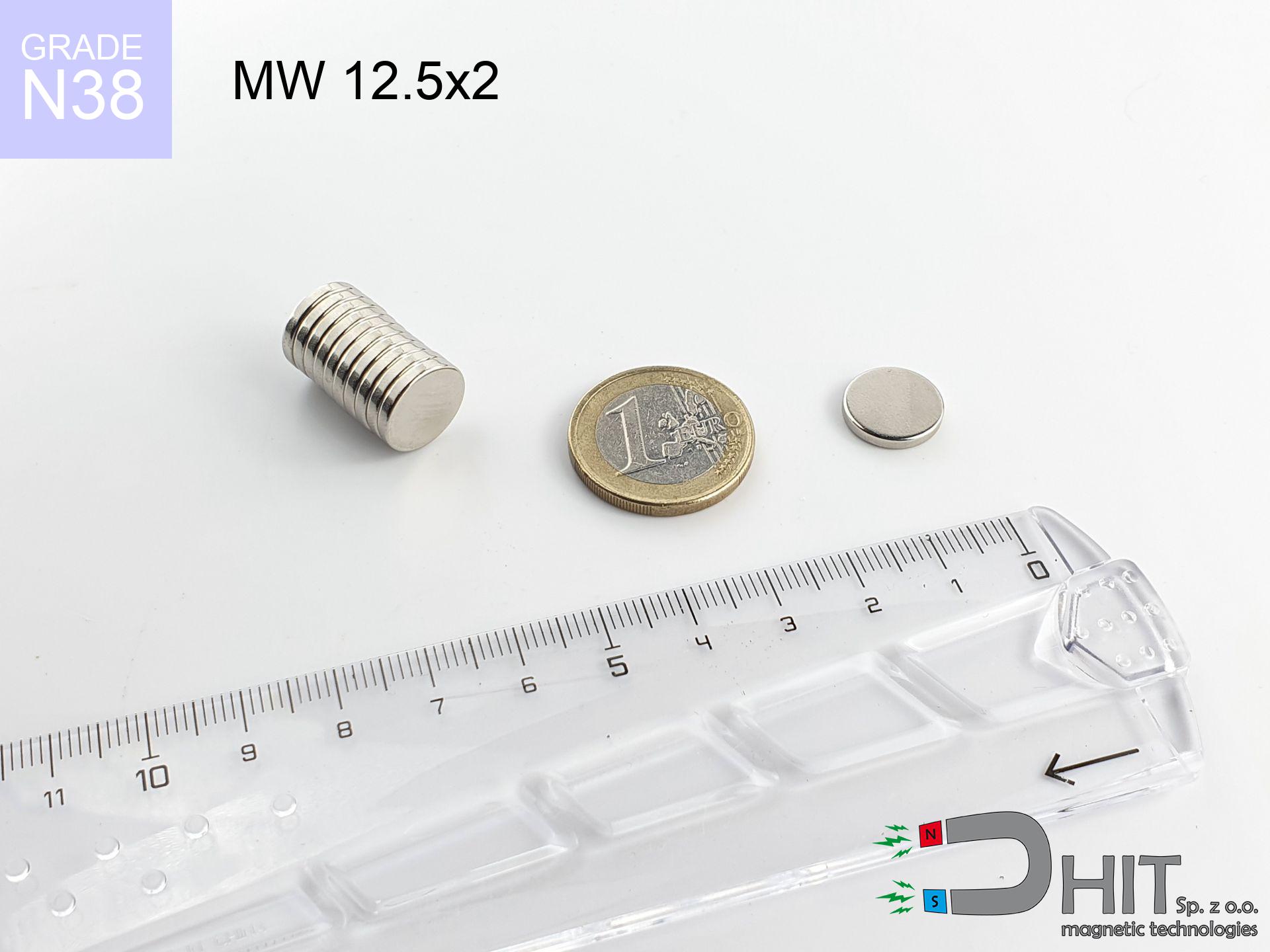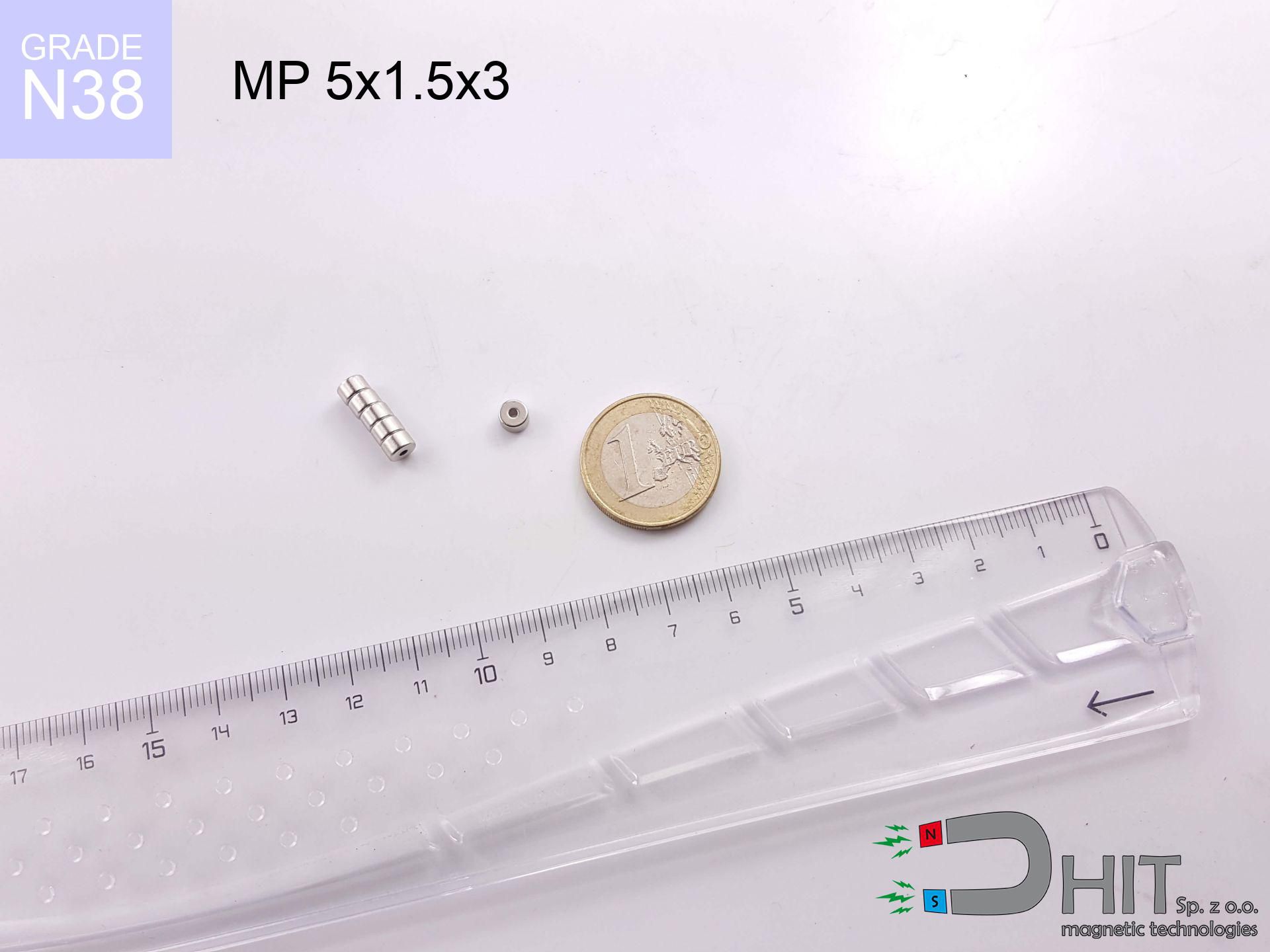UMGB 67x28 [M8+M10] GW F 120+ Lina GOBLIN / N38 - goblin magnetic holder
goblin magnetic holder
Catalog no 350435
GTIN/EAN: 5906301814771
Diameter Ø
67 mm [±1 mm]
Height
28 mm [±1 mm]
Weight
700 g
Magnetization Direction
↑ axial
Load capacity
180.00 kg / 1765.20 N
Coating
[NiCuNi] Nickel
165.24 ZŁ with VAT / pcs + price for transport
134.34 ZŁ net + 23% VAT / pcs
bulk discounts:
Need more?
Call us
+48 888 99 98 98
if you prefer let us know using
form
our website.
Lifting power as well as shape of a magnet can be estimated with our
force calculator.
Same-day shipping for orders placed before 14:00.
Physical properties - UMGB 67x28 [M8+M10] GW F 120+ Lina GOBLIN / N38 - goblin magnetic holder
Specification / characteristics - UMGB 67x28 [M8+M10] GW F 120+ Lina GOBLIN / N38 - goblin magnetic holder
| properties | values |
|---|---|
| Cat. no. | 350435 |
| GTIN/EAN | 5906301814771 |
| Production/Distribution | Dhit sp. z o.o. |
| Country of origin | Poland / China / Germany |
| Customs code | 85059029 |
| Diameter Ø | 67 mm [±1 mm] |
| Height | 28 mm [±1 mm] |
| Weight | 700 g |
| Magnetization Direction | ↑ axial |
| Load capacity ~ ? | 180.00 kg / 1765.20 N |
| Coating | [NiCuNi] Nickel |
| Manufacturing Tolerance | ±1 mm |
Magnetic properties of material N38
| properties | values | units |
|---|---|---|
| remenance Br [min. - max.] ? | 12.2-12.6 | kGs |
| remenance Br [min. - max.] ? | 1220-1260 | mT |
| coercivity bHc ? | 10.8-11.5 | kOe |
| coercivity bHc ? | 860-915 | kA/m |
| actual internal force iHc | ≥ 12 | kOe |
| actual internal force iHc | ≥ 955 | kA/m |
| energy density [min. - max.] ? | 36-38 | BH max MGOe |
| energy density [min. - max.] ? | 287-303 | BH max KJ/m |
| max. temperature ? | ≤ 80 | °C |
Physical properties of sintered neodymium magnets Nd2Fe14B at 20°C
| properties | values | units |
|---|---|---|
| Vickers hardness | ≥550 | Hv |
| Density | ≥7.4 | g/cm3 |
| Curie Temperature TC | 312 - 380 | °C |
| Curie Temperature TF | 593 - 716 | °F |
| Specific resistance | 150 | μΩ⋅cm |
| Bending strength | 250 | MPa |
| Compressive strength | 1000~1100 | MPa |
| Thermal expansion parallel (∥) to orientation (M) | (3-4) x 10-6 | °C-1 |
| Thermal expansion perpendicular (⊥) to orientation (M) | -(1-3) x 10-6 | °C-1 |
| Young's modulus | 1.7 x 104 | kg/mm² |
Material specification
| iron (Fe) | 64% – 68% |
| neodymium (Nd) | 29% – 32% |
| boron (B) | 1.1% – 1.2% |
| dysprosium (Dy) | 0.5% – 2.0% |
| coating (Ni-Cu-Ni) | < 0.05% |
Sustainability
| recyclability (EoL) | 100% |
| recycled raw materials | ~10% (pre-cons) |
| carbon footprint | low / zredukowany |
| waste code (EWC) | 16 02 16 |
See more offers
Advantages and disadvantages of rare earth magnets.
Strengths
- They have unchanged lifting capacity, and over around ten years their attraction force decreases symbolically – ~1% (in testing),
- Magnets perfectly protect themselves against demagnetization caused by ambient magnetic noise,
- By covering with a decorative coating of silver, the element acquires an professional look,
- Magnetic induction on the working layer of the magnet is exceptional,
- Through (appropriate) combination of ingredients, they can achieve high thermal resistance, enabling action at temperatures approaching 230°C and above...
- Thanks to versatility in constructing and the ability to modify to specific needs,
- Huge importance in high-tech industry – they are used in hard drives, drive modules, medical equipment, and modern systems.
- Relatively small size with high pulling force – neodymium magnets offer high power in compact dimensions, which makes them useful in small systems
Limitations
- At strong impacts they can crack, therefore we advise placing them in special holders. A metal housing provides additional protection against damage, as well as increases the magnet's durability.
- We warn that neodymium magnets can lose their strength at high temperatures. To prevent this, we advise our specialized [AH] magnets, which work effectively even at 230°C.
- Magnets exposed to a humid environment can corrode. Therefore while using outdoors, we suggest using water-impermeable magnets made of rubber, plastic or other material resistant to moisture
- We recommend a housing - magnetic mount, due to difficulties in producing threads inside the magnet and complex shapes.
- Possible danger to health – tiny shards of magnets can be dangerous, when accidentally swallowed, which becomes key in the context of child health protection. Furthermore, small elements of these devices can complicate diagnosis medical in case of swallowing.
- Higher cost of purchase is a significant factor to consider compared to ceramic magnets, especially in budget applications
Lifting parameters
Maximum holding power of the magnet – what it depends on?
- on a base made of structural steel, effectively closing the magnetic flux
- with a cross-section minimum 10 mm
- with an ground contact surface
- under conditions of gap-free contact (metal-to-metal)
- for force applied at a right angle (pull-off, not shear)
- at room temperature
Practical lifting capacity: influencing factors
- Distance (between the magnet and the plate), because even a tiny clearance (e.g. 0.5 mm) can cause a drastic drop in lifting capacity by up to 50% (this also applies to paint, rust or dirt).
- Pull-off angle – remember that the magnet holds strongest perpendicularly. Under sliding down, the holding force drops drastically, often to levels of 20-30% of the nominal value.
- Element thickness – for full efficiency, the steel must be sufficiently thick. Paper-thin metal limits the attraction force (the magnet "punches through" it).
- Steel type – low-carbon steel attracts best. Alloy steels reduce magnetic properties and lifting capacity.
- Base smoothness – the smoother and more polished the plate, the better the adhesion and higher the lifting capacity. Roughness creates an air distance.
- Thermal environment – temperature increase results in weakening of induction. It is worth remembering the thermal limit for a given model.
Lifting capacity testing was performed on a smooth plate of optimal thickness, under a perpendicular pulling force, in contrast under shearing force the holding force is lower. Additionally, even a small distance between the magnet and the plate decreases the lifting capacity.
Safe handling of NdFeB magnets
Crushing force
Watch your fingers. Two large magnets will join instantly with a force of several hundred kilograms, crushing anything in their path. Be careful!
Maximum temperature
Monitor thermal conditions. Exposing the magnet to high heat will permanently weaken its magnetic structure and pulling force.
Product not for children
Always store magnets out of reach of children. Choking hazard is significant, and the effects of magnets clamping inside the body are very dangerous.
Skin irritation risks
Nickel alert: The Ni-Cu-Ni coating consists of nickel. If an allergic reaction appears, cease handling magnets and wear gloves.
Protect data
Powerful magnetic fields can erase data on payment cards, hard drives, and storage devices. Keep a distance of min. 10 cm.
ICD Warning
Warning for patients: Powerful magnets affect medical devices. Maintain minimum 30 cm distance or request help to work with the magnets.
Handling guide
Handle magnets consciously. Their powerful strength can surprise even experienced users. Stay alert and do not underestimate their force.
Do not drill into magnets
Combustion risk: Neodymium dust is highly flammable. Do not process magnets without safety gear as this risks ignition.
Eye protection
Neodymium magnets are ceramic materials, which means they are fragile like glass. Clashing of two magnets will cause them shattering into small pieces.
Precision electronics
Navigation devices and smartphones are extremely susceptible to magnetism. Direct contact with a strong magnet can ruin the sensors in your phone.

![Goblin holder UMGB 67x28 [M8+M10] GW F 120+ Lina GOBLIN / N38 Goblin holder UMGB 67x28 [M8+M10] GW F 120+ Lina GOBLIN / N38](https://cdn3.dhit.pl/graphics/banners/magnet.webp)
![UMGB 67x28 [M8+M10] GW F 120+ Lina GOBLIN / N38 - goblin magnetic holder](https://cdn3.dhit.pl/graphics/products/umgb-67x28-m8+m10-gw-f-120+-lina-goblin-wip.jpg)





